Unit 4 Fun with science Integrated skills 课件(15张PPT)
文档属性
| 名称 | Unit 4 Fun with science Integrated skills 课件(15张PPT) |  | |
| 格式 | zip | ||
| 文件大小 | 45.1MB | ||
| 资源类型 | 教案 | ||
| 版本资源 | 牛津译林版(2019) | ||
| 科目 | 英语 | ||
| 更新时间 | 2022-08-17 22:06:09 | ||
图片预览

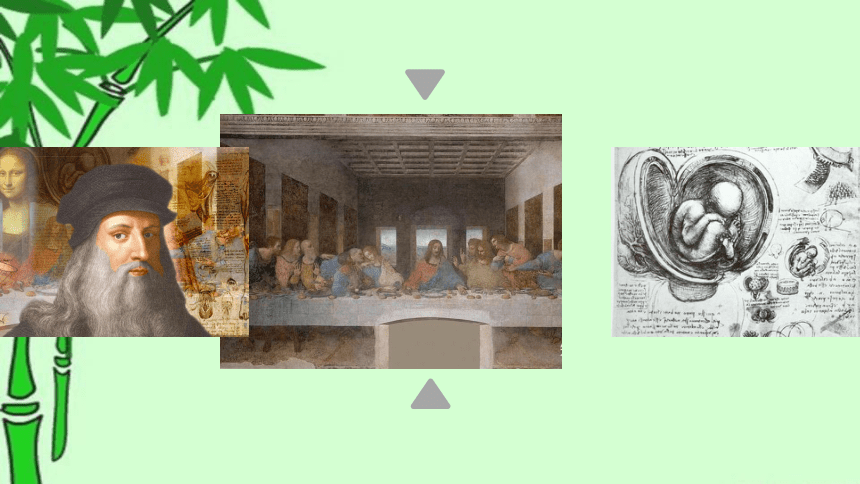
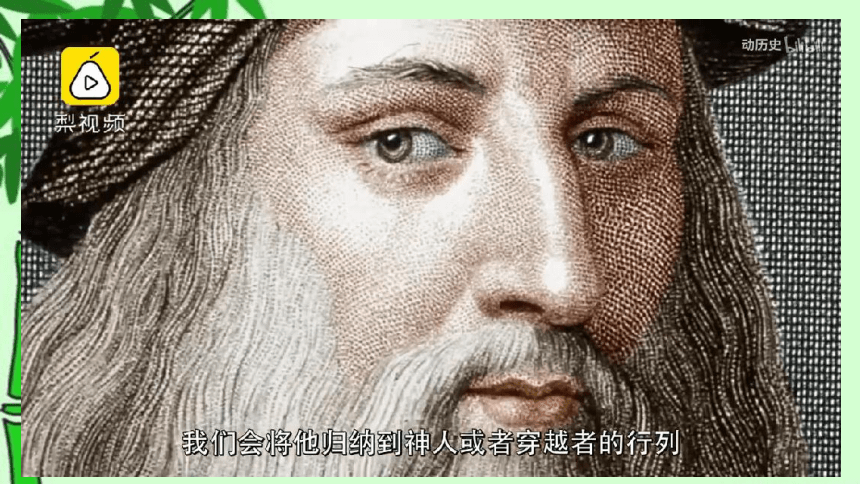
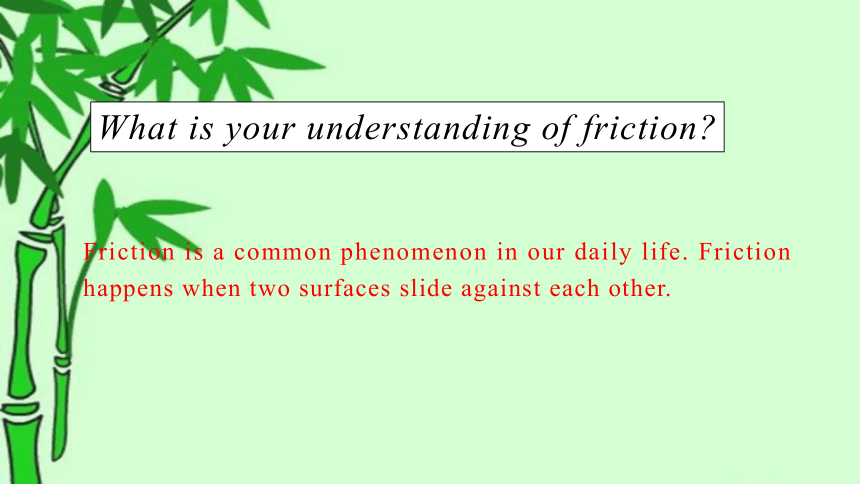

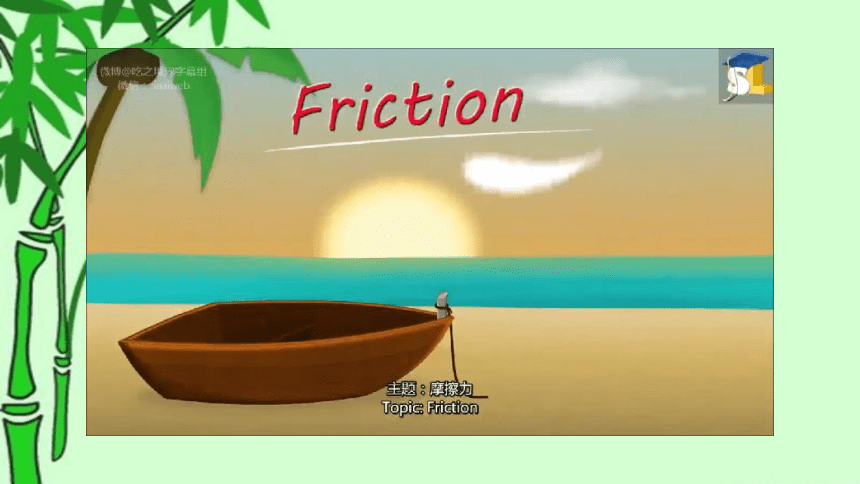
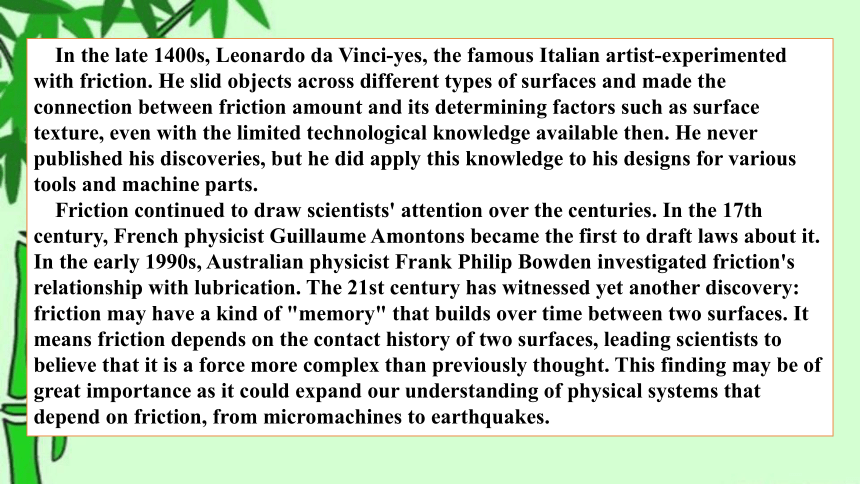
文档简介
(共15张PPT)
+ Presentation
Powerpoint template
Unit 4 Fun with science
Integrated skills 1
Talking about friction
What is your understanding of friction
Friction is a common phenomenon in our daily life. Friction happens when two surfaces slide against each other.
Read the lecture transcript and answer the following questions.
Chapter 01
第一章节
In the late 1400s, Leonardo da Vinci-yes, the famous Italian artist-experimented with friction. He slid objects across different types of surfaces and made the connection between friction amount and its determining factors such as surface texture, even with the limited technological knowledge available then. He never published his discoveries, but he did apply this knowledge to his designs for various tools and machine parts.
Friction continued to draw scientists' attention over the centuries. In the 17th century, French physicist Guillaume Amontons became the first to draft laws about it. In the early 1990s, Australian physicist Frank Philip Bowden investigated friction's relationship with lubrication. The 21st century has witnessed yet another discovery: friction may have a kind of "memory" that builds over time between two surfaces. It means friction depends on the contact history of two surfaces, leading scientists to believe that it is a force more complex than previously thought. This finding may be of great importance as it could expand our understanding of physical systems that depend on friction, from micromachines to earthquakes.
The force of friction had been part of our lives long before we even knew that it existed. Today we recognize and value the necessary role it plays. As there is still much to learn about friction, who knows what the future holds for this essential force What is certain, however, is that physicists are excited at its huge potential.
He experimented with friction by sliding objects across different types of surfaces and made the connection between friction amount and its determining factors such as surface texture, even with the limited technological knowledge available then.
How did Leonardo da Vinci learn about friction
What is the value of the milestone in the 21st century
This finding could expand our understanding of physical systems that depend on friction, from micromachines to earthquakes.
Complete the following table.
Reading
Definition The force that makes it difficult for one object to slide over the surface of another or to move through a liquid or gas Discoveries Who When What
Leonardo da Vinci
Guillaume Amontons In the 17th century
Frank Philip Bowden He investigated friction’s relationship with lubrication.
In the 21st century
In the late 1400s
He made the connection between friction amount and its determining factors such as surface texture.
He drafted laws about friction.
In the 20th century
Friction may have a kind of “memory” that builds over time between two surfaces.
Listening
Listen to the interview and finish B1.
(1) What is Ms Li’s opinion about friction
a. Friction is generated by air particles.
b. Friction enables us to go about our daily lives.
c. Shooting stars enter the Earth’s surface because of friction.
(2) How can mechanical systems last longer
a. Generating heat.
b. Rubbing moving parts together.
c. Applying oil between the surfaces.
(3) Which of the following experience the least air resistance
a. Hyperloop trains. b. Maglev trains. c. Shooting stars.
(4) How does the man speaker feel at the end of the interview
a. Amused. b. Shocked. c. Excited.
Listen to the tape again and finish B2.
Presence of friction Decrease in or absence of friction
Present Allowing our fingers to hold (1) __________________________,preventing them from falling (2) ____________ shooting stars before they reach the ground Reducing (3) ____________ in mechanical systems
Future Producing an electric charge that could be used as an alternative source of power for (4) ____________________________ Enabling hyperloop trains to travel through (5) ______ at speeds of over 1,000 km per hour
the chopsticks and the bowl
Burning up
wear and tear
mobile devices and sensors
tubes
Preview Parts C and D on Page 52.
Homework
+ Presentation
Powerpoint template
Unit 4 Fun with science
Integrated skills 1
Talking about friction
What is your understanding of friction
Friction is a common phenomenon in our daily life. Friction happens when two surfaces slide against each other.
Read the lecture transcript and answer the following questions.
Chapter 01
第一章节
In the late 1400s, Leonardo da Vinci-yes, the famous Italian artist-experimented with friction. He slid objects across different types of surfaces and made the connection between friction amount and its determining factors such as surface texture, even with the limited technological knowledge available then. He never published his discoveries, but he did apply this knowledge to his designs for various tools and machine parts.
Friction continued to draw scientists' attention over the centuries. In the 17th century, French physicist Guillaume Amontons became the first to draft laws about it. In the early 1990s, Australian physicist Frank Philip Bowden investigated friction's relationship with lubrication. The 21st century has witnessed yet another discovery: friction may have a kind of "memory" that builds over time between two surfaces. It means friction depends on the contact history of two surfaces, leading scientists to believe that it is a force more complex than previously thought. This finding may be of great importance as it could expand our understanding of physical systems that depend on friction, from micromachines to earthquakes.
The force of friction had been part of our lives long before we even knew that it existed. Today we recognize and value the necessary role it plays. As there is still much to learn about friction, who knows what the future holds for this essential force What is certain, however, is that physicists are excited at its huge potential.
He experimented with friction by sliding objects across different types of surfaces and made the connection between friction amount and its determining factors such as surface texture, even with the limited technological knowledge available then.
How did Leonardo da Vinci learn about friction
What is the value of the milestone in the 21st century
This finding could expand our understanding of physical systems that depend on friction, from micromachines to earthquakes.
Complete the following table.
Reading
Definition The force that makes it difficult for one object to slide over the surface of another or to move through a liquid or gas Discoveries Who When What
Leonardo da Vinci
Guillaume Amontons In the 17th century
Frank Philip Bowden He investigated friction’s relationship with lubrication.
In the 21st century
In the late 1400s
He made the connection between friction amount and its determining factors such as surface texture.
He drafted laws about friction.
In the 20th century
Friction may have a kind of “memory” that builds over time between two surfaces.
Listening
Listen to the interview and finish B1.
(1) What is Ms Li’s opinion about friction
a. Friction is generated by air particles.
b. Friction enables us to go about our daily lives.
c. Shooting stars enter the Earth’s surface because of friction.
(2) How can mechanical systems last longer
a. Generating heat.
b. Rubbing moving parts together.
c. Applying oil between the surfaces.
(3) Which of the following experience the least air resistance
a. Hyperloop trains. b. Maglev trains. c. Shooting stars.
(4) How does the man speaker feel at the end of the interview
a. Amused. b. Shocked. c. Excited.
Listen to the tape again and finish B2.
Presence of friction Decrease in or absence of friction
Present Allowing our fingers to hold (1) __________________________,preventing them from falling (2) ____________ shooting stars before they reach the ground Reducing (3) ____________ in mechanical systems
Future Producing an electric charge that could be used as an alternative source of power for (4) ____________________________ Enabling hyperloop trains to travel through (5) ______ at speeds of over 1,000 km per hour
the chopsticks and the bowl
Burning up
wear and tear
mobile devices and sensors
tubes
Preview Parts C and D on Page 52.
Homework
同课章节目录
- Unit 1 Food matters
- Welcome to the unit
- Reading
- Grammar and usage
- Integrated skills
- Extended reading
- Project
- Unit 2 The Universal Language
- Welcome to the unit
- Reading
- Grammar and usage
- Integrated skills
- Extended reading
- Project
- Unit 3 The art of painting
- Welcome to the unit
- Reading
- Grammar and usage
- Integrated skills
- Extended reading
- Project
- Unit 4 Exploring poetry
- Welcome to the unit
- Reading
- Grammar and usage
- Integrated skills
- Extended reading
- Project
